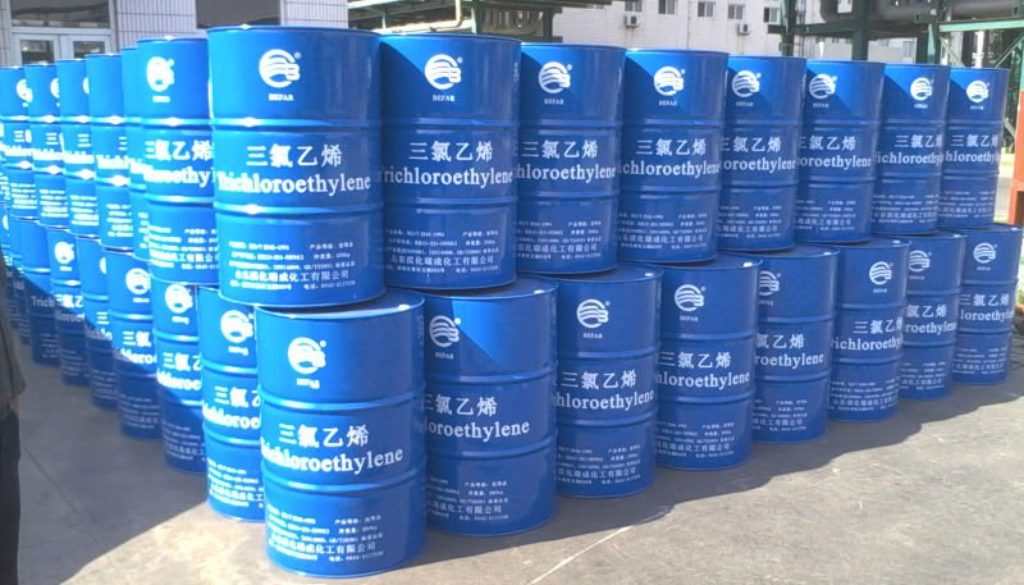EPA Must Finalize Rules to Act on Dangerous Chemicals
By
Talk about bad timing. After 40 years of stagnation, the most important federal law regulating chemicals for consumer product, commercial and industrial uses (the Toxic Substances Control Act, TSCA) just had a major makeover in 2016. But despite bi-partisan support for a rapid debut, the new TSCA may be all dressed up with nowhere to go if this administration, eager to dismantle common-sense public health protections, has its way. Now the clock is ticking for EPA, but the Agency can’t act to protect communities from dangerous chemicals without first laying down the ‘ground rules’ for chemical evaluations by June 22, 2017, as mandated by Congress.
These ground rules will dictate how EPA deals with hazardous chemicals not only for the upcoming 4 years, but likely the next 40, since another TSCA overhaul won’t happen again anytime soon. So while the Trump administration will pass, these rules—and the chemicals that may or may not be subject to restriction because of them—will affect human health and the environment for a very long time to come indeed. That’s why it’s important the Agency get these rules right—and finalize them quickly.
In January 2017, EPA proposed two comprehensive and sound rules that will be the foundation of the Agency’s chemical control program: chemical prioritization and risk evaluation. NRDC submitted comments supporting both rules (read them here and here). Needing only some minor clarifications, the rules meet EPA’s statutory obligations under the revised TSCA and therefore, the Agency should have no problem meeting the June deadline to finalize the rules.

As shown in the diagram, the prioritization rule codifies the general process by which EPA will sort chemicals into “high priority” and “low priority” buckets. High priority chemicals will move forward into the risk evaluation process, while low priority chemicals will not (though the classification can change based on new evidence). The risk evaluation rule codifies the general process by which EPA will assess a chemical’s hazards and exposures, then determine if the chemical poses an unreasonable risk of injury to human health or the environment.
For both rules, revised TSCA requires consideration of several central issues. First, the Agency must look at all the uses of a chemical across the board, from cradle to grave—including manufacturing, processing, use and recycling/ disposal. Second, revised TSCA directs EPA to account for the fact that in the real world, people can come into contact with a chemical in many different ways — for example, through air, water, and product use. These exposures add up and together create greater risk of harm. Finally, EPA must protect those amongst us who are the most vulnerable to harm from toxic chemicals, such as workers, young children, and environmental justice communities.
EPA is already off to a strong start on the new TSCA by proposing these ground rules. Now if this administration can stand aside and allow the Agency to do its job (with the resources it needs), we may finally see effective restriction of dangerous and risky chemicals in the years to come, to the benefit of families and communities.

